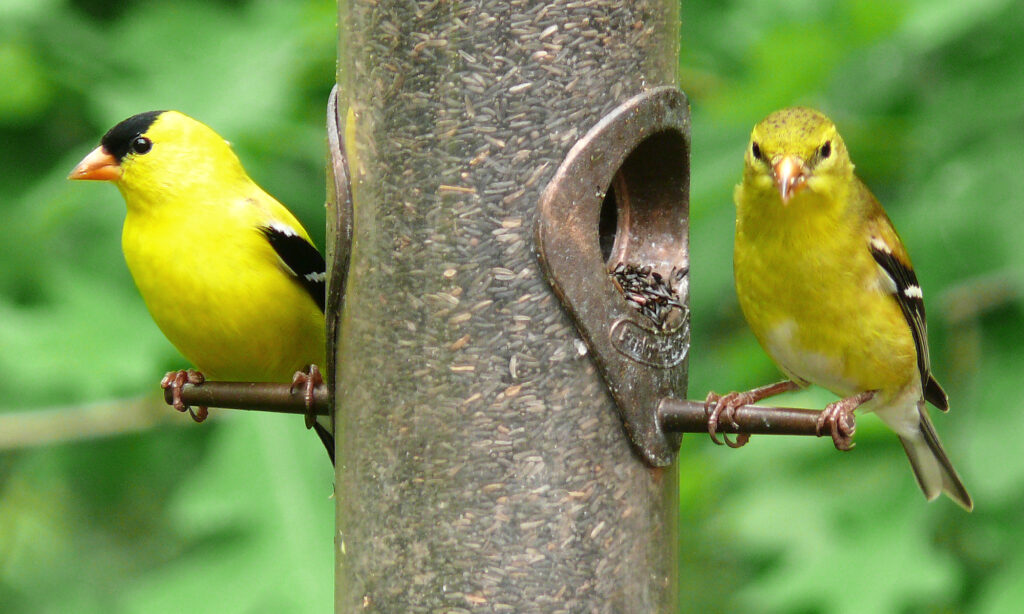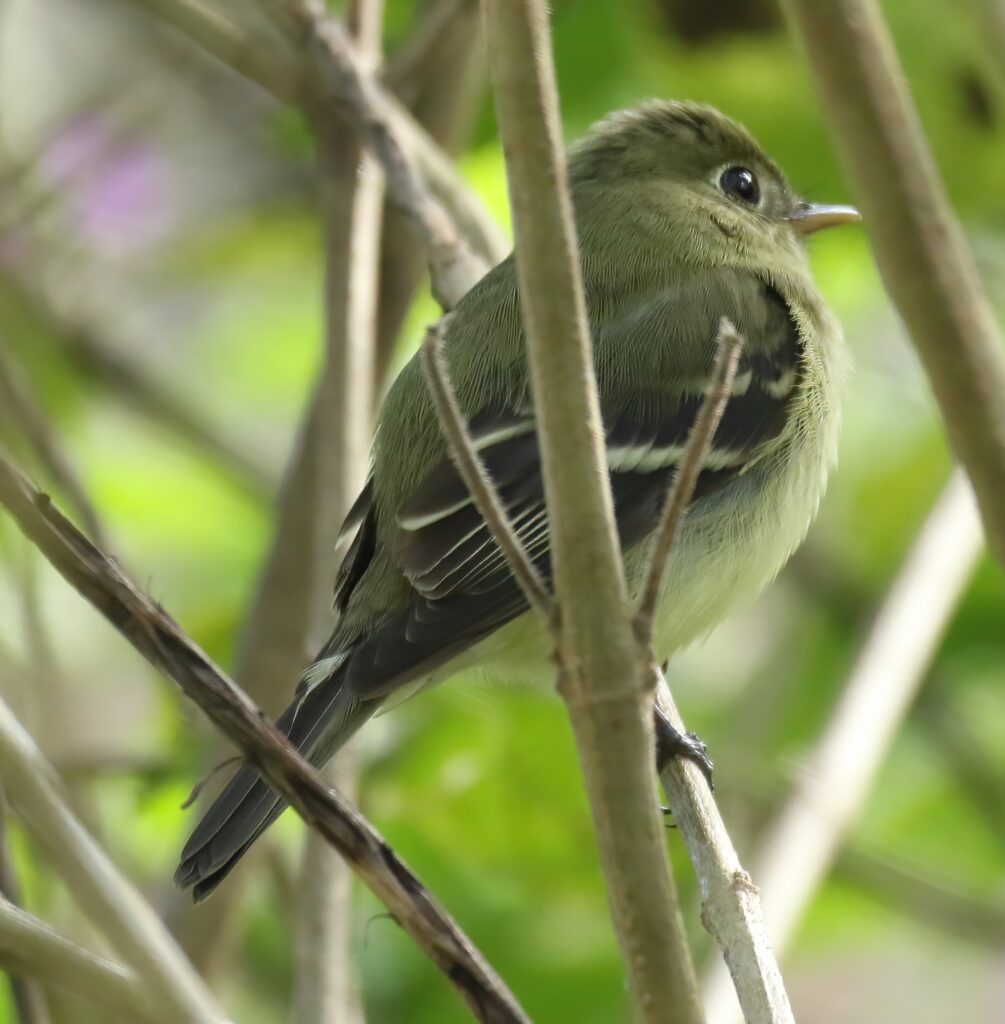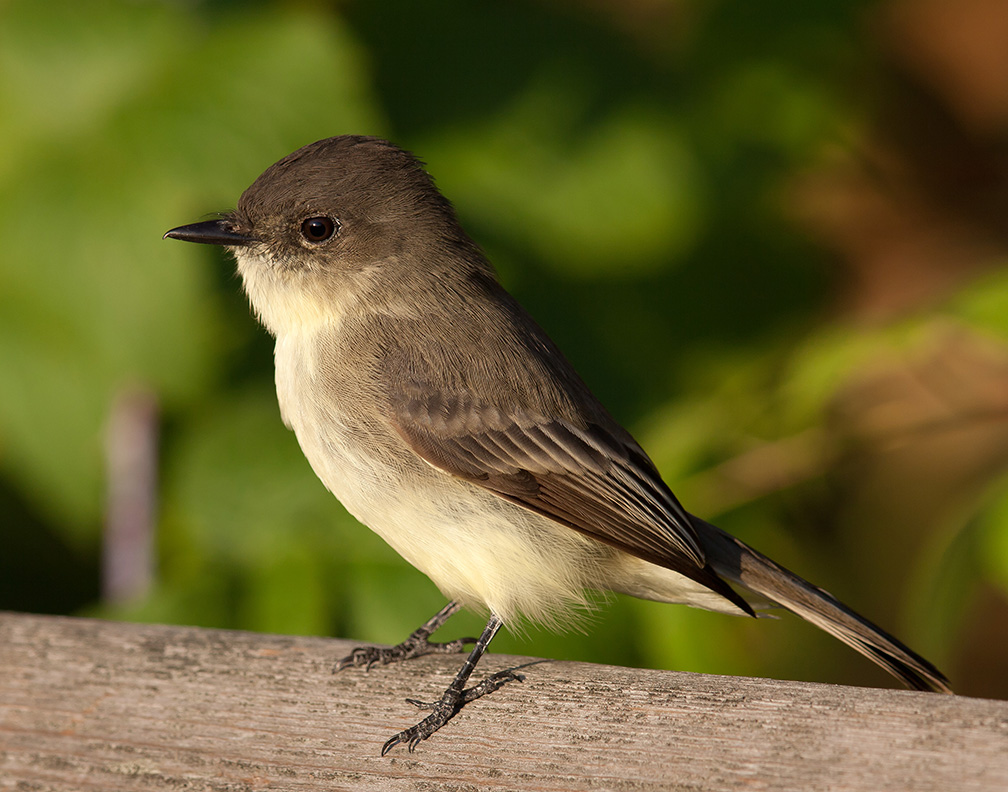Join the Bergen County Audubon Society and its president, Don Torino, for a free guided nature walk at DeKorte Park Meadowlands in Lyndhurst on Sunday, June 1, from 10 a.m. to noon. You’ll look (and listen) for late spring migrants like the purple martin and the American goldfinch, New Jersey’s state bird and unofficial symbol of good vibes.
Participants should meet outside the Meadowlands Environment Center, 2 DeKorte Park Plaza, Lyndhurst. For additional information contact Torino at greatauk4@gmail.com or (201) 230-4983. There is no cost to participate in this or in any Audubon Society program.
What are late spring migrants?
Late spring migrants are birds that arrive after the main wave of spring migration has passed, usually from mid- to late May and sometimes into early June, according to the Cornell Lab of Ornithology. These birds tend to travel later than others due to their breeding schedules, migration distances, or the specific timing of food availability in their breeding habitats.
While most songbirds and waterfowl start heading north in March and April, a select group of species — warblers, flycatchers, and other notables like purple martins, Baltimore orioles, and the American redstart — wait until spring is on its way out.
The Meadowlands is for the Birds
With its mix of wetlands, shrubs, and urban edges, the Meadowlands is a perfect rest stop and breeding habitat for many late spring migrants.
The hodgepodge of environments in the Meadowlands support different bird species’ needs, whether nesting, foraging, or taking a break.
◾Saltwater and freshwater wetlands
◾Shrublands and grasslands
◾Ponds and mudflats
Feathered Wonders Taking Flight, Arriving Late
People heading to the Meadowlands for a late spring nature walk may encounter birds such as:
The purple martin. The largest North American swallow, this insect eater is known for its chattering songs; aerial acrobatics when catching insects; and East Coast dependence on humans for housing, according to the Purple Martin Conservation Association, based in Erie Pennsylvania. Arriving in North America in April and May, the birds begin nesting and raising their young during the summer months before migrating to South America for the winter.
Particularly on the east coast, the birds have adapted to man-made nesting boxes and have come to prefer multi-compartment houses designed just for them, per PMCA. In the west, Purple Martins largely still nest in areas with natural cavities, such as tree hollows.
Fast-flying birds, they flap and glide, feeding higher in flight than other swallows, Cornell said. They prefer bigger winged insects such as dragonflies, butterflies, moths, damselflies, may flies, June bugs, grasshoppers, and cicadas. Adult Purple Martins will usually return to the same colonial nest site year after year.
According to eBird.com, one purple martin was spotted May 12 at DeKorte Park. In 2023, eBird observers had documented three sightings at Meadowlands park in Lyndhurst.
Meet the American Goldfinch, State Bird x3

Photo by By Ken Thomas, Public Domain
American goldfinch. The state bird of New Jersey, Iowa, and Washington, the American Goldfinch is migratory, ranging from mid-Alberta to North Carolina during the breeding season (spring and early summer), and from just south of the Canada–United States border to Mexico during the winter. Black, brown, gray, white, and yellow, they are about 4-inches, with rounded wings and a notched tail. During breeding season, the males have bright yellow plumage.
With a population estimated at 43 million, the American goldfinch is not currently considered endangered and is classified as “least concern.” They typically nest in open, shrubby areas, and primarily eat seeds like thistles, sunflowers, and dandelions.
Across many cultures, the American goldfinch holds symbolic meaning steeped in positivity, optimism, nature, resilience, and renewal. According to European folklore, seeing an American Goldfinch is thought to be a symbol of happiness and prosperity, or in some traditions, love and romance.
Tiny, Shy, Hidden: The Elusive Yellow-Bellied Flycatcher

Yellow-bellied flycatchers are the smallest of its species, and prefer the shade to the sun, and hanging out and breeding in bogs, swamps, tall forests, and peatlands. Shy and not often easy to see (or photograph)
In the Meadowlands region, they’re often spotted in Losen Slote Creek Park in Little Ferry, according to eBird.com, a global database of bird observations. An observer also spotted one on May 21, 2023 at DeKorte Park, eBirds.com indicates.
The species’ conservation status in New Jersey is “special concern,” which means yellow-bellied flycatchers are not truly at risk for extinction but of concern because they are rare, according to nj.gov.
Soaring high: The Eastern phoebe

The Eastern phoebe is a small flycatcher and one of the first birds to migrate north, overwintering in the southern U.S. and Central America. Its song — which sounds like FEE-be — signals the first signs of spring, with warmer temperatures and stronger sun calling insects out of hibernation and giving Eastern phoebes first dibs on mealtime bugs. They are sit-and-wait hunters, flying off their perch to snatch insects (including mosquitoes, wasps, spiders, and ticks) and then returning to homebase to dine.
Eastern phoebes are dull gray-brown with a white underbelly, dark head, and black bill, legs and feet. Perky, adaptable birds, they distinctively and repeatedly bob their tail, possibly to ward off predators, but the reason for the behavior isn’t officially known.
The birds are found in a wide variety of habitats, easily adapting to changing human infrastructure and often nesting near people and fresh water. Nests can be found on structures like bridges, barns, porch, houses, eaves and overhangs.
Like the bald eagle, Eastern phoebes prefer to reuse nests in subsequent years and return to the same location. They were the first birds in America to get leg bands more than 220 years ago.
About Don Torino and Bergen County Audubon Society
Don Torino is an environmentalist known for his deep connection to the New Jersey Meadowlands and his work with the Bergen County Audubon Society. He is the President of Bergen County Audubon Society and a former naturalist at Wild Birds Unlimited in Paramus.
Founded in 1941, the Bergen County Audubon Society is a chapter of National Audubon Society and a member of The Nature Program Cooperative. Members share a love of birds and a concern for the environment. Its mission is to promote and protect wildlife in its natural habitat by providing opportunities for observation and conservation
A non profit 501(c)(3) organization, funds are raised to continue education and conservation efforts. Click here to make a donation.
About DeKorte Park Meadowlands
Open 7 a.m. to dusk daily, DeKorte Park in Lyndhurst features 3.5 miles of walking paths, views of wetlands, waterways, and the New York City skyline, plus over 285 species of birds. The park, which was once slated to be a landfill, is the focal point of NJSEA activities.
Birders and nature lovers frequent its trails and educators from the park’s Science Center lead hands-on environmental education classes for school groups. DeKorte Park has been nationally recognized by Birder’s World magazine as a birding hotspot.
The Meadowlands is a wetland estuary where fresh water from the Hackensack River and Newark Bay meets ocean water. It’s a fully functioning tidal basin, with researchers coming from all over to study the habitat with scientists.












